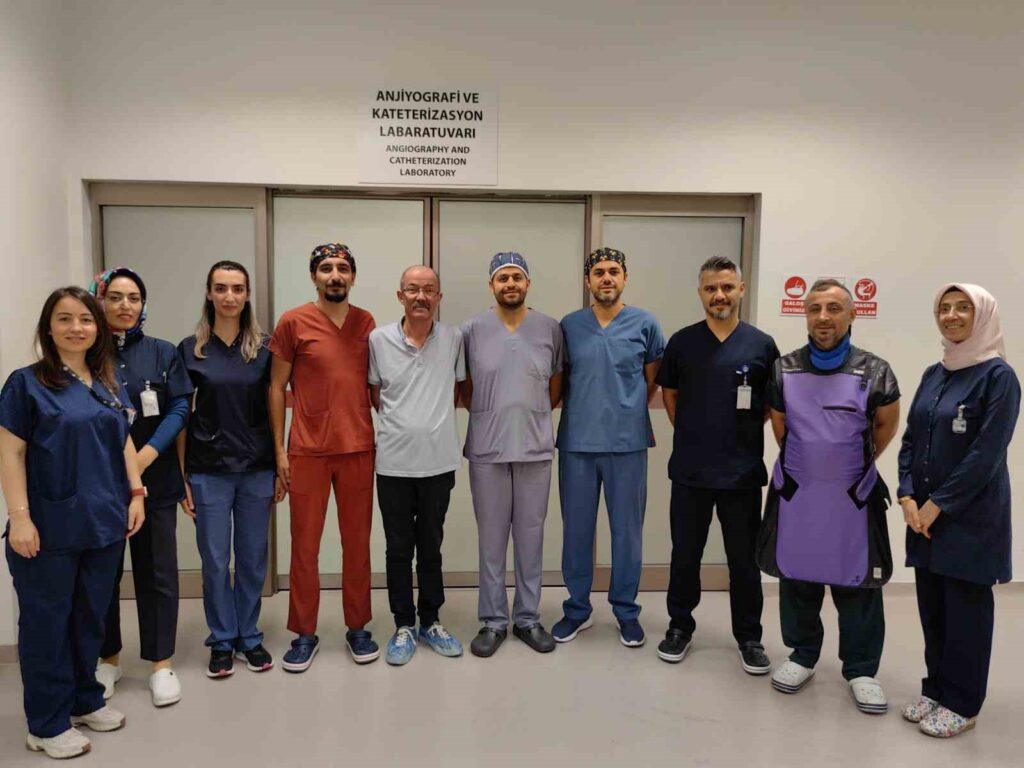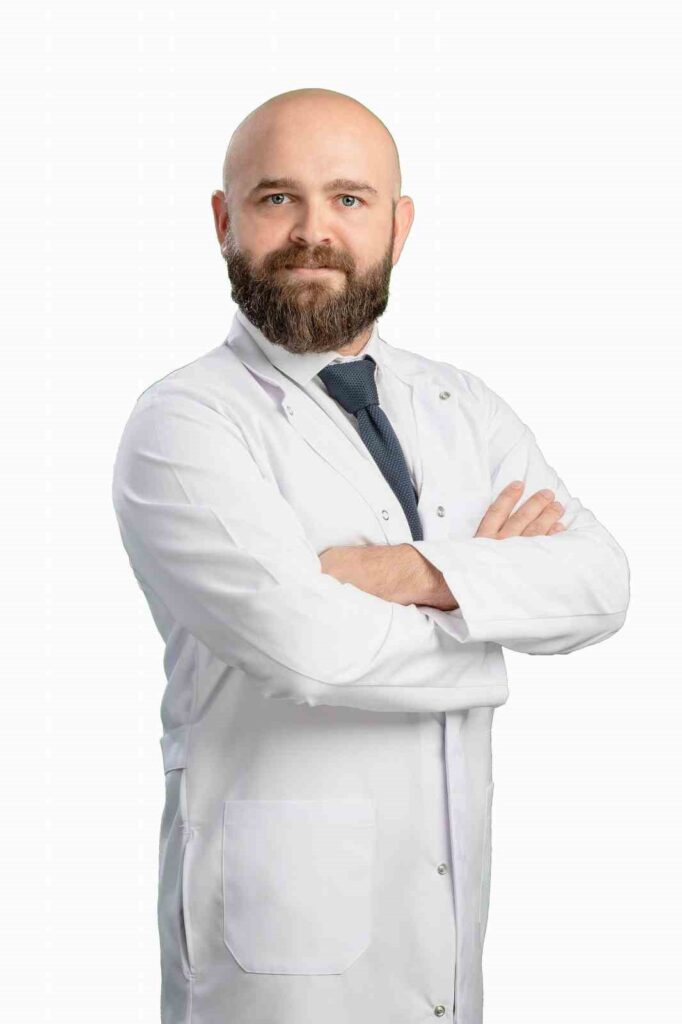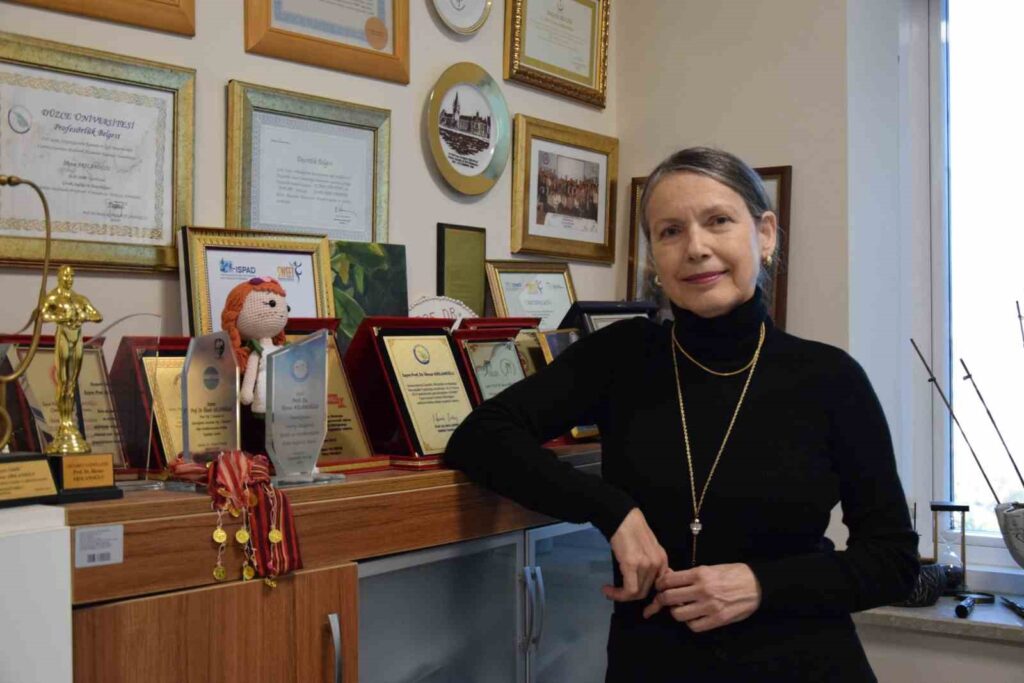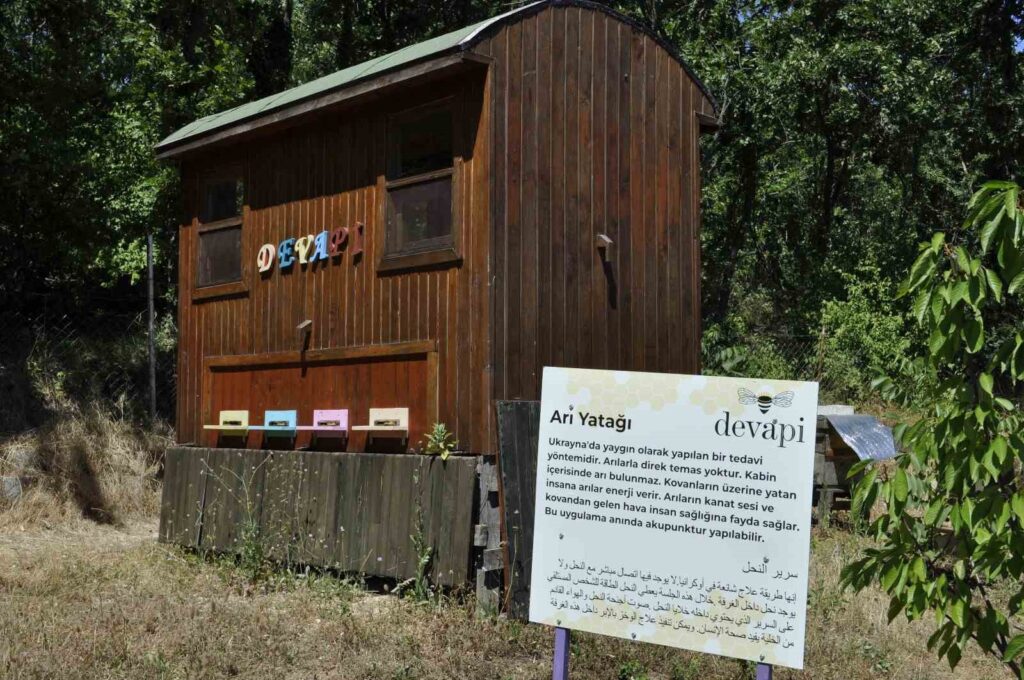He was saved from deadly bleeding thanks to ‘Embolization’
Osman Turan, a Behçet’s disease patient living in Kayseri, was saved from bleeding in his lungs that caused him to fear death, thanks to the embolization procedure performed at Kayseri City Hospital. In Osman Turan, who has Behçet’s disease …

Osman Turan, a Behçet’s disease patient living in Kayseri, was saved from the bleeding in his lungs that caused him to fear death thanks to the embolization procedure performed at Kayseri City Hospital.
A rare condition was observed in Osman Turan, who has Behçet’s disease. Due to the bleeding in his lungs, a situation called ‘hemoptysis,’ Turan experienced blood coming from his mouth and nose, and he was hospitalized in intensive care several times due to his bleeding. He was later referred to the Interventional Radiology Department of Kayseri City Hospital, where he was treated with the embolization method, freeing him from his bleeding and the fear of death.
Dr. Sinan Karatoprak from the Interventional Radiology Department stated that the situation could lead to respiratory distress and even sudden cardiac arrest, saying, “Behçet’s disease is a rheumatological disease commonly seen in Asian countries and our country. It usually manifests with mouth sores, genital ulcers, and rarely with vascular involvement. Mr. Osman has been diagnosed with Behçet for a long time and was a follow-up patient. He presented to the pulmonology department with complaints of blood coming from his lungs. During a CT scan performed there, an aneurysm was detected in the vessel carrying dirty blood from the heart to the lungs, and he was directed to us for treatment. We decided on the procedure with the patient. Neurological and vascular involvement in Behçet’s disease is rarely seen. The condition observed in Mr. Osman is defined as 1% in the literature. The most common complaint in patients with polymer arterial aneurysm is blood coming from the lungs. We call this situation hemoptysis, and when there is an excessive amount of bleeding, it can lead to respiratory distress and even arrest, which has happened to Mr. Osman in the past.”
Dr. Oğuz Aslan from the Interventional Radiology Department also mentioned that individuals with Behçet’s disease should be mindful of the possibility of an aneurysm in the pulmonary arteries during bleeding episodes, stating, “Mr. Osman was referred to us by the pulmonology department. He has a diagnosis of Behçet’s disease and had recurrent pulmonary bleeding, and there was an aneurysm that rarely develops secondarily in Behçet’s disease. We explained to our patient that this aneurysm could be closed and described how the procedure would be carried out along with its risks. He thought about it and decided to undergo treatment. Thus, we took him for an angiography for diagnosis. We determined our treatment plan and in a second session, we closed his aneurysm with vascular plugs that we use to occlude these large vessels. There are actually many methods for closing an aneurysm, but since our patient’s feeding vessel was very large, we used materials that we typically use to occlude larger vessels. He stayed in the ward for one day, and the next day he was discharged. Most of the patients we see are Behçet’s patients, and this complication can be seen in 1-2% of these patients. After the embolization procedure, since our patient’s existing condition was completely closed, the possibility of an additional pulmonary hemorrhage, specifically hemoptysis, related to this aneurysm has been eliminated. We can say this; in cases where patients diagnosed with Behçet’s disease cough up blood, the possibility of an aneurysm in the pulmonary artery should be kept in mind, and necessary applications for its treatment should be made. Here, patients can also apply to the Interventional Radiology Clinic or be referred to us by the pulmonology department.”
“I was living in fear because of the bleeds”
Osman Turan, who stated that he lived in fear because of the bleeding and had previously escaped death, said, “I have been a Behçet’s patient for as long as I can remember. For this, I have always been receiving treatment at Kayseri City Hospital’s Pulmonology department. I was experiencing hemoptysis in my lungs, and to stop this, I was referred to the Interventional Radiology department, where my treatments were performed. They told me the treatment methods to stop the bleeding in my lungs, meaning to close the aneurysm. Afterward, my treatment was carried out. Now, thank God, I have no bleeding. I hope I won’t have any in the future. I was living in fear because of this. Because while walking on the road, sitting at home, or even while eating, blood would begin to come from my mouth, and I would have to rush to the hospital. I spent a lot of time in intensive care, but now I have none of that, thank God, I am fine, and I no longer bleed. One day, I started bleeding from my mouth and nose while outside. I began to feel faint. I was praying for the ambulance to come. While fainting, I thought I was dead. I didn’t die, but I escaped from death. After my operation, they said, ‘We did it, it’s over.’ They showed that they had completed the procedure. I was very happy to feel that excitement. I hope they give hope to those who are also Behçet patients like me from now on, and such things do not happen again. Let’s not hear about the deaths related to pulmonary bleeding in Behçet patients.”







